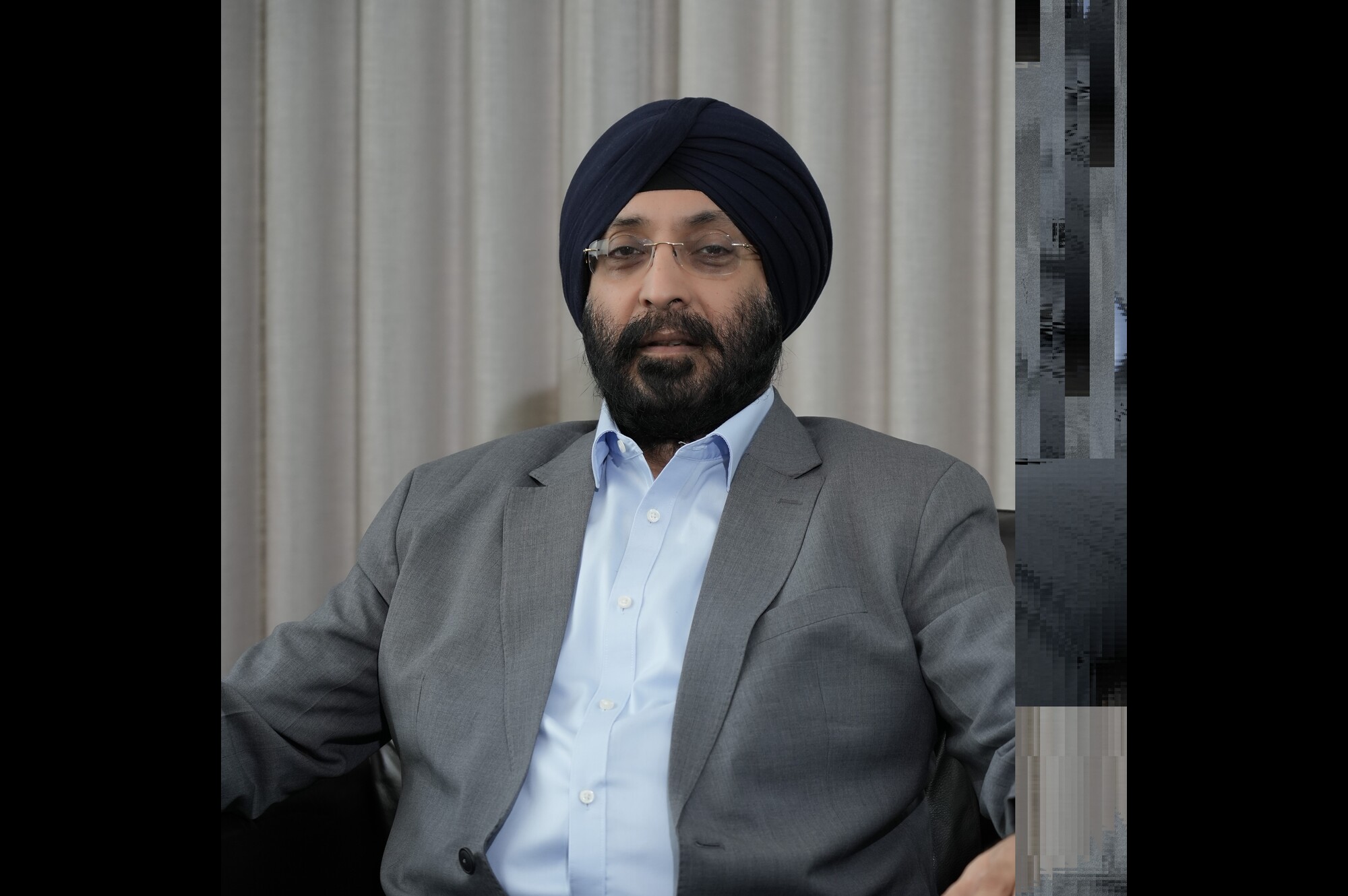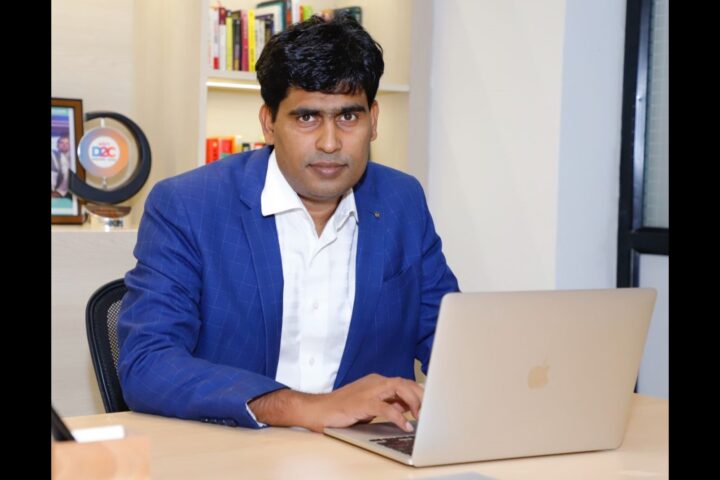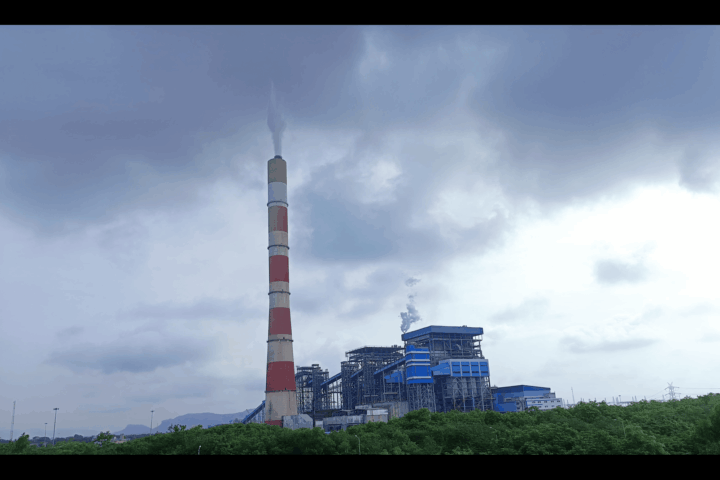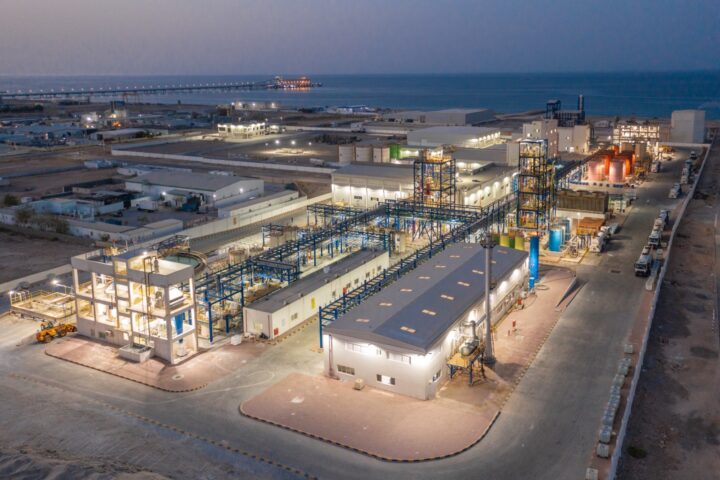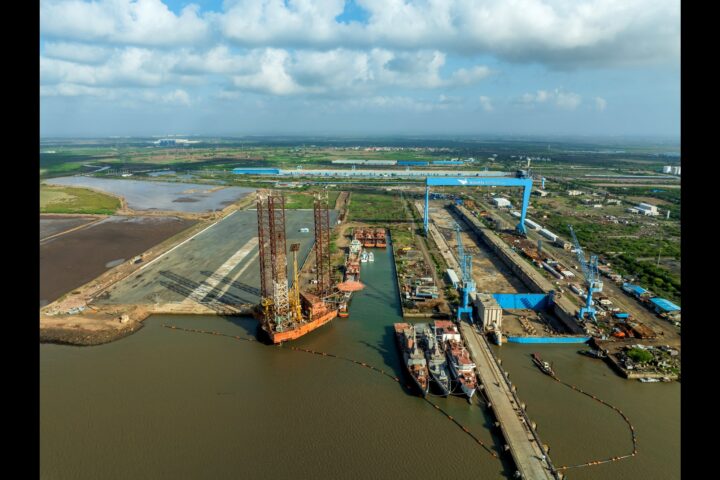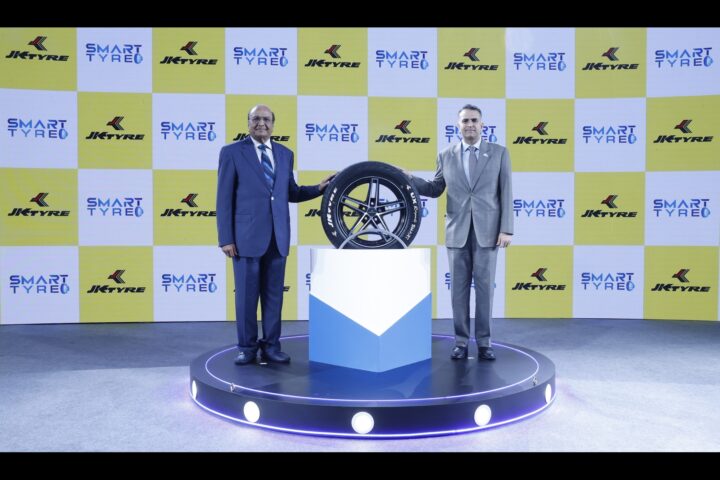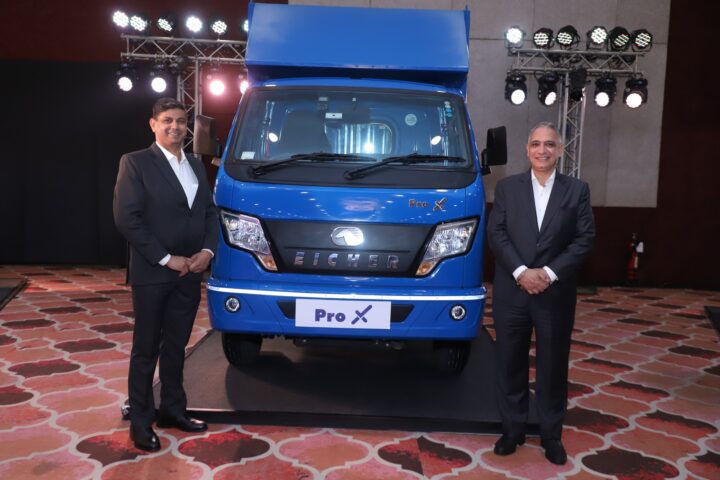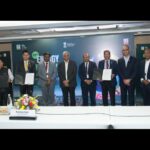India’s renewable energy ambitions present a significant opportunity for domestic manufacturers to scale responsibly and contribute to national self-reliance
This year at REI, which new solar module variants were launched by GREW Solar? Could you brief us on their key features and performance advantages, and how they compare with competing module offerings in the market?
At this year’s REI, GREW Solar launched the G12R High-Power Series for the domestic market. These are 635 Wp Super-Modules, designed to deliver higher output and improved installation efficiency. The G12R cell layout has been optimized for better power density, allowing developers to reduce the total module count by 6–8% per MW. With enhanced mechanical strength, 5400 Pa front load and 2400 Pa rear load ratings, the modules are built for durability across diverse site conditions. The N-type TOPCon technology used in the G12R series enables 6–7% higher power density per container compared to industry-standard modules, ensuring better energy yield and lower logistics costs. Designed for large-scale developers, these modules offer 1.5–3% greater power generation per m², translating into higher performance and project savings. The series reflects GREW Solar’s continued focus on innovation that enhances both efficiency and real-world value for project owners.
Apart from the newly launched solar module, which other products were showcased at the REI Exhibition? Could you highlight their key applications and relevance across different sectors?
Along with the new G12R series, GREW Solar also showcased its M10 TOPCon PV modules, which deliver up to 22.84% efficiency. These modules are built to perform well even in high-temperature conditions, ensuring consistent energy output across India’s varied climates. Their design helps reduce overall project costs and offers a quicker payback period for developers. With a 15-year product warranty and a 30-year performance warranty, along with low degradation rates, the modules assure long-term reliability and value. GREW also introduced its Premium All-Black Series, created especially for the residential rooftop segment. With up to 440 Wp output, this range brings together a sleek, all-black design and strong performance, ideal for homeowners who want panels that look good and deliver steady power. These modules are built to withstand different weather conditions and maintain production even under partial shade. Together, these products reflect GREW Solar’s focus on offering dependable, well-designed solar solutions that meet the needs of both large-scale developers and home users.
How does participating in exhibitions like REI support Grew Solar in expanding its market outreach and connecting with new sectors and stakeholders?
Platforms like REI Expo play a crucial role in helping GREW Solar connect with key stakeholders across the solar value chain, from developers, EPC players, and distributors to policymakers, financial institutions, and technology partners. These interactions go beyond networking; they enable meaningful exchanges on emerging technologies, evolving market dynamics, and practical challenges faced by the industry. Participation in such events helps us showcase our latest products, innovations, and sustainability initiatives to a wider audience while also gaining valuable feedback directly from customers and industry experts. It creates opportunities to explore collaborations across new market segments, including commercial and industrial (C&I), residential and international export markets, further strengthening GREW Solar’s visibility and credibility as a trusted partner in renewable energy. From a broader perspective, our engagement at exhibitions like REI also underlines GREW’s commitment to advancing India’s clean energy goals. By being part of these industry platforms, we aim to contribute to discussions that shape the future of solar manufacturing, promote sustainable business practices, and collectively drive India’s transition toward a greener, self-reliant energy ecosystem.
India has set an ambitious renewable energy target, including expanding solar capacity significantly in the coming years. How is Grew Solar aligning its growth strategy, manufacturing roadmap, and technology investments with India’s clean energy goals?
India’s renewable energy ambitions present a significant opportunity for domestic manufacturers to scale responsibly and contribute to national self-reliance. At GREW Solar, our growth roadmap is closely aligned with these goals through a strong focus on capacity expansion, technology advancement, and backward integration. We are currently expanding our Dudu plant to 11.0 GW, making it one of India’s largest AI-powered, integrated solar PV module manufacturing facilities. This facility will also house a state-of-the-art in-house R&D laboratory dedicated to developing advanced cell and module technologies. In parallel, as part of our backward integration plan, we are setting up a 3.0 GW solar PV cell plant at Narmadapuram, Madhya Pradesh, which will be scaled to 8.0 GW by the end of 2026. These investments are designed to ensure greater supply chain resilience, higher efficiency standards, and innovation-led manufacturing. By building end-to-end capabilities, GREW Solar aims to not only meet India’s clean energy targets but also strengthen the country’s position as a reliable global hub for solar manufacturing.
Sustainability is increasingly becoming a priority in solar manufacturing. What initiatives has Grew Solar undertaken to minimise its carbon footprint and ensure environmentally responsible operations?
Sustainability is at the heart of GREW Solar’s vision and philosophy. From minimizing resource consumption to restoring the environment, every aspect of our operation reflects our commitment to responsible growth and environmental stewardship. Our manufacturing facilities are designed for the efficient use of energy, water, and materials, with a strong focus on waste reduction and process optimization. We are progressively moving toward low-emission manufacturing, supported by renewable energy usage within our plants and smarter production systems. At our Jaipur facility, we have launched the ‘Pledge A Tree’ initiative, under which over 2,500 trees have been planted to help restore local biodiversity. Our module production lines are powered by solar energy, reinforcing our belief in leading by example. Through the ‘Reduce, Reuse, Recycle’ initiative, we treat and reuse 60 KLD of wastewater daily for gardening and other non-industrial purposes. We are also building a sustainable supply chain by transitioning from single-use wooden pallets to reusable ones, reducing waste and our overall carbon footprint. Looking ahead, the upcoming Dudu and Narmadapuram facilities are being developed with environmentally responsible infrastructure, including water recycling systems and reduced dependence on fossil-based energy sources. At GREW Solar, sustainability is not just a practice, it is a mindset. We aim to build manufacturing systems that conserve resources, reduce emissions, and create a cleaner value chain, ensuring that our growth contributes meaningfully to the renewable energy ecosystem.
As the solar industry continues to evolve, what is Grew Solar’s long-term growth roadmap? What milestones do you aim to achieve in the next 3–5 years in terms of scale, innovation, and market presence?
At GREW Solar, our long-term vision is to play a key role in shaping India’s clean energy future while expanding our global presence. Over the next five to ten years, we aim to strengthen our position as a fully integrated solar manufacturing company that supports India’s renewable energy goals and enhances global competitiveness. Our focus is on scaling our production capacity from 1.2 GW in 2022 to 3 GW in 2025, and further to 11 GW by 2026, backed by full backward integration across the solar value chain, from ingots and wafers to cells and modules. We are setting up advanced wafer and ingot facilities that will allow us to control the quality and efficiency of the base materials, reduce dependency on imports, and bring greater precision to cell manufacturing. Our cell production line will incorporate next-generation technologies designed for higher conversion efficiency and long-term reliability, ensuring that every panel meets international standards of performance. Beyond numbers, our goal is to build a self-sufficient ecosystem that creates skilled jobs, empowers local communities, and strengthens India’s role as a global solar manufacturing hub. Every step from raw material to finished module represents our commitment to innovation, sustainability, and helping India achieve its 500 GW renewable energy target by 2030.


